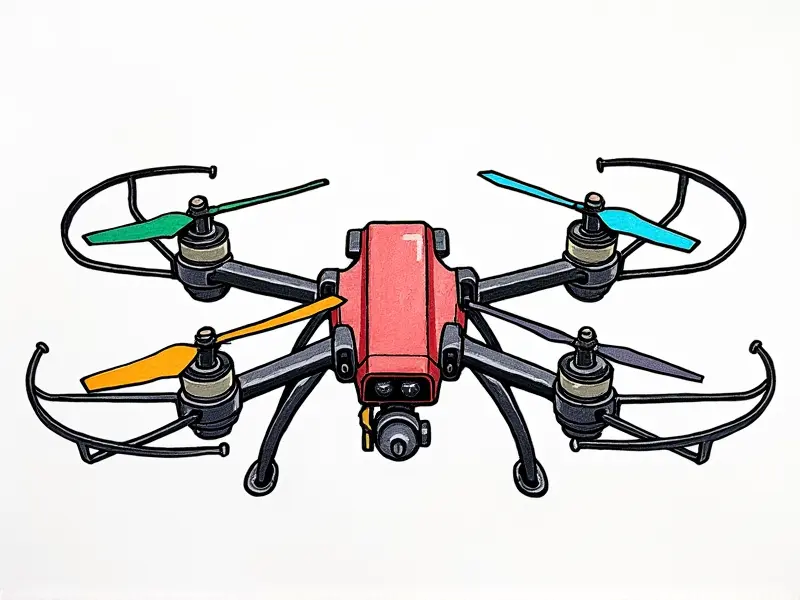How does GPS work for drones?

How Does GPS Guide Drones?
Drones rely heavily on Global Positioning System (GPS) technology to navigate and operate efficiently. GPS provides drones with accurate positioning, velocity, and time data, which are essential for autonomous flight operations.
Mastering Drone Navigation via GPS
The mastery of drone navigation through GPS involves understanding how the satellite network communicates with the drone's receiver. By receiving signals from multiple satellites, a drone can calculate its precise location in three-dimensional space. This process is crucial for tasks such as aerial photography, surveying, and delivery services.
Precision Flying with Drone GPS
GPS enables drones to fly with exceptional precision. Whether it's maintaining altitude or following predefined flight paths, the accuracy provided by GPS ensures that drones can perform their missions reliably. This is particularly important for applications like agricultural monitoring and infrastructure inspection.
Understanding Drone GPS Technology
To truly understand how GPS technology works in drones, one must delve into the intricacies of satellite communication and signal processing. The Global Positioning System consists of a network of satellites that transmit signals to GPS receivers on Earth. These signals are then used by drones to determine their exact location.
GPS: Your Drone's Compass
The role of GPS in drone navigation is akin to having an internal compass that provides constant orientation and guidance. Without GPS, autonomous flight would be nearly impossible due to the lack of a reliable positioning system. This makes GPS indispensable for any drone operation.
Inside Drone GPS Technology
The inner workings of GPS technology in drones involve complex algorithms and hardware components designed to process satellite signals accurately. These systems are constantly evolving, with advancements leading to more robust and efficient navigation capabilities.
The Role of GPS in Drone Flight
The importance of GPS cannot be overstated when it comes to drone flight operations. It enables drones to maintain stability, avoid obstacles, and execute complex maneuvers with ease. This is particularly beneficial for applications requiring high levels of precision and reliability.
Simplified Guide to Drone GPS
For users who are new to the world of drones, understanding how GPS works can seem daunting. However, a simplified guide breaks down the process into manageable steps. By learning about basic concepts like satellite signals and signal processing, beginners can gain confidence in their ability to operate GPS-enabled drones.
GPS Secrets for Flying Drones
There are several lesser-known tips and tricks that can enhance your drone's performance when using GPS. For instance, ensuring a clear line of sight between the drone and satellites improves signal reception, leading to more accurate positioning data.
Unveiling the Magic of Drone GPS
The magic behind how drones use GPS lies in the seamless integration of satellite technology with onboard systems. This synergy allows drones to perform tasks that were once reserved for manned aircraft or ground-based equipment. Understanding this technology opens up a world of possibilities for drone enthusiasts and professionals alike.
How GPS Enhances Drone Performance
The use of GPS significantly enhances the performance of drones by providing real-time data on position, velocity, and orientation. This information is crucial for optimizing flight paths, ensuring safety, and delivering high-quality results in various applications such as cinematography and environmental monitoring.
Conclusion
In conclusion, GPS technology plays a pivotal role in the operation of drones by providing accurate positioning data essential for navigation, precision flying, and overall performance. As drone technology continues to advance, the reliance on GPS will only grow stronger, making it an indispensable component for future innovations in unmanned aerial systems.

